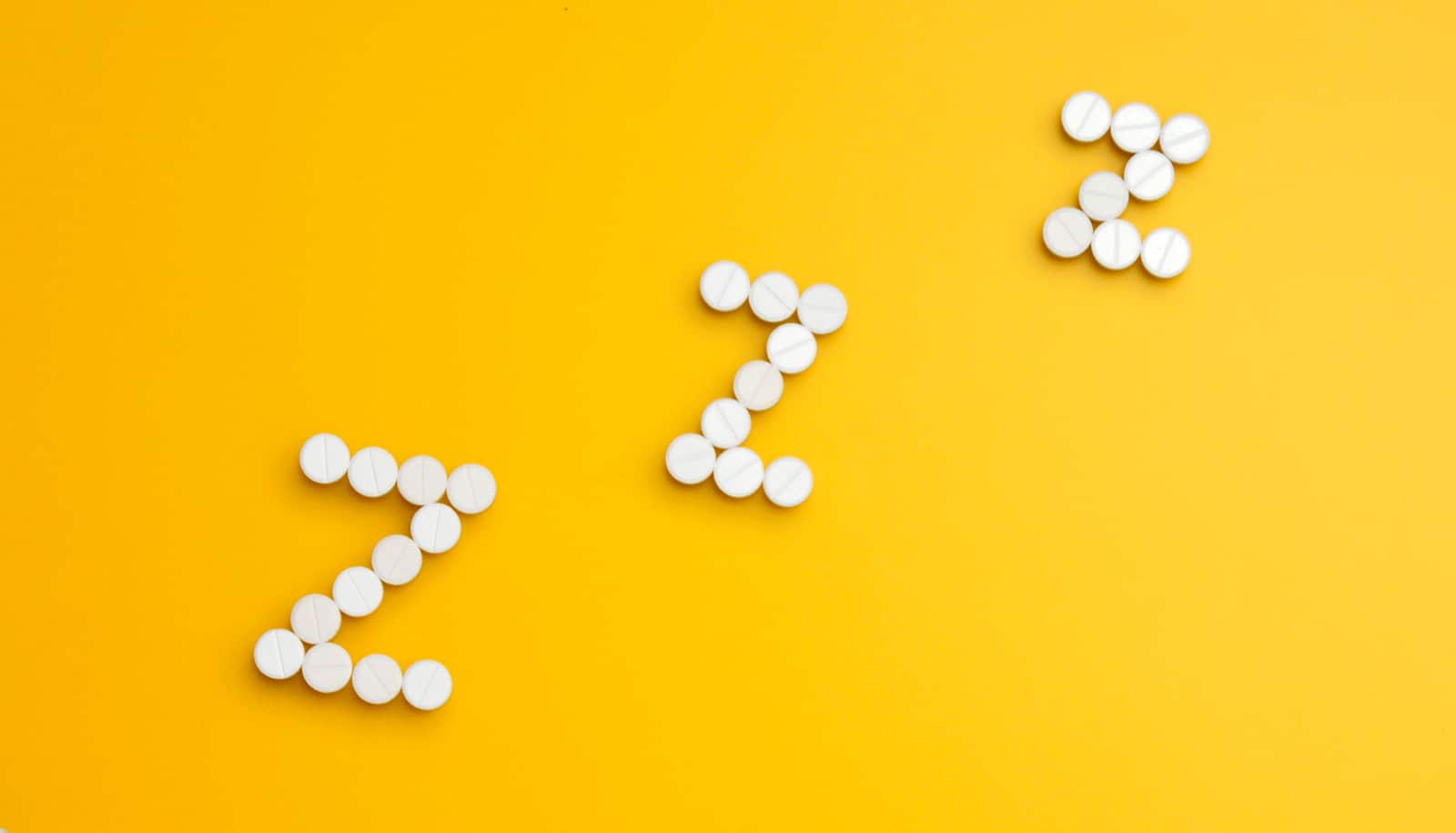A new study shows that fewer than one-third of patients prescribed a PCSK9 inhibitor—injectable drugs designed to lower cholesterol levels—actually got the drug. Fewer than half ever received approval for the drug by their insurer.
But, even after approval, one in three patients didn’t fill their prescription. Why? Sticker shock. A quarter of patients had copays over $300 per month for therapies that cost about $14,000 a year.
“This study basically reveals a system of rationing by roadblocks,” says Ann Marie Navar, assistant professor of medicine at the Duke University Clinical Research Institute and lead author of the study in JAMA Cardiology.
“Access comes down to patients whose doctors are persistent enough to win payer approval through multiple appeals, and patients who can afford the out-of-pocket costs.”
“Access comes down to patients whose doctors are persistent enough to win payer approval through multiple appeals, and patients who can afford the out-of-pocket costs.”
Researchers analyzed a large database of pharmacy claims that included more than 45,000 prescriptions for PCSK9 inhibitors. The drugs work by blocking a protein in the liver called proprotein convertase subtilisin kexin 9 (PCSK9), setting off a chain of events that breaks down LDL cholesterol, the “bad cholesterol” that causes heart disease.
The drugs include evolocumab (brand name Repatha) and alirocumab (brand name Praluent). Amgen, Inc., which funded the study, manufactures Repatha.
The FDA approved both therapiest in 2015 for people with familial hyperlipidemia (a form of very high cholesterol that runs in families) and those with established heart disease who have high cholesterol despite traditional statin therapy.
In the first year after the drugs’ approvals, the researchers found that pharmacy benefit managers that govern drug coverage for health insurance plans rejected nearly 80 percent of doctors’ prescriptions. Most of the requests (73.5 percent) were resubmitted, but only 47.2 percent eventually won approval.
The median time between initial submission and approval was about four days, but some patients waited nearly three months for therapy.
“Copay alone was highly predictive of whether a patient would fill their prescription…”
Among patients who received approval, about 35 percent never picked up the medication, which was almost entirely due to high out-of-pocket costs. For example, more than 90 percent of approved patients who had no co-payment filled their prescription, but if the co-pay was more than $300, only about 20 percent filled the prescription.
“Copay alone was highly predictive of whether a patient would fill their prescription—even adjusting for patient demographics, pharmacy, payer, and other factors,” says senior author Eric D. Peterson, executive director of the Duke Clinical Research Institute. “This leads to rationing of these new medications, often in the absence of alternative therapies. Those who cannot afford these high co-pays are left untreated.”
Huge out-of-pocket costs for Medicare patients with cancer
The study had a limitation, in that it was not designed to assess what was driving pharmacy benefit managers to reject requests for prescriptions, Navar says. Most patients in the study had Medicare coverage, but it was unclear whether and what clinical factors the different pharmacy benefit managers took into account.
“The current system we have is at best a very blunt instrument to restrict use of high-cost therapies to those who need it most,” Peterson says. “We need to figure out a better way to contain costs. We also need to better identify which patients are the best candidates for prescribed therapies, so we can apply the same approval criteria across the board.”
Navar and Peterson receive funding from Amgen and other pharmaceutical manufacturers; full disclosures are available in the published study.
Source: Duke University



